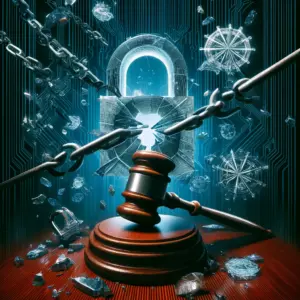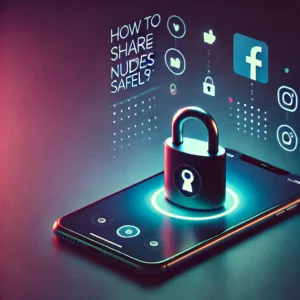
Well, hello my savvy digital natives and newcomers! Welcome back to our cyber reality where we venture into the hidden corners of the internet, today, let’s delve into the notorious realm of e-whoring. I promise it’s not as scandalous as it sounds – it’s all about understanding, not partaking.
What is E-Whoring?
E-whoring, quite bluntly put, is a scam. It’s an illegal cybercrime where a perpetrator, known as an e-whore, impersonates another person, typically a woman, to engage in online sexual activities with their victims. This deceptive dance in the digital landscape often ends in financial gain for the e-whore. The illusion is carefully crafted with the use of stolen or faked photos and videos.
The Art of E-Whoring
Pull up a chair, and let’s dive into how these e-whores actually pull off this deceptive digital dance:
1. Creating the Persona: E-whores curate false identities, often using alluring images and videos stolen from the internet. They fabricate an entire backstory to lure victims in.
2. Establishing Online Presence: These false personas are often active across social media platforms and dating websites to widen the victim net.
3. Engaging in Conversation: E-whores are adept conversationalists and use this skill to establish a sense of intimacy and trust with the victim.
4. Sexual Enticement: The e-whore may offer explicit content, webcam sessions, or even a potential meet-up in exchange for money.
5. Payment Methods: Untraceable payment methods such as cryptocurrency are often used to avoid detection by authorities.
6. Rinse and Repeat: E-whores often have multiple victims at once to maximise their illegal earnings.
Battling the E-Whoring Threat: Don’t Be a Victim
Navigating this intricate digital landscape need not be a trip into a maze. Let’s equip ourselves with the right armour:
1. Vigilance is Key: Always verify the person you’re interacting with online. Use reverse image searches to check if the person’s images appear elsewhere on the internet.
2. Secure Your Digital Footprint: Always be careful about the personal information you share online. An e-whore can use this information against you.
3. Stay Anonymous: Use anonymous payment methods when dealing with online transactions.
4. Trust Your Gut: If something feels off, it probably is. Don’t ignore that niggling feeling of doubt.
5. Report Suspicious Activity: If you suspect you’re being targeted, report it to the local authorities and the platform you met them on.
6. Stay Educated: Knowledge is your best defence. Regularly educate yourself about the latest scams and cybercrimes.
Shining the Spotlight on E-Whoring
So, we’ve arrived at the final act. E-whoring is a perilous plot in the virtual world, feeding on the vulnerabilities of internet users. But we have the power to script a different ending to our online journey, armed with vigilance, precaution, and a splash of healthy scepticism.







